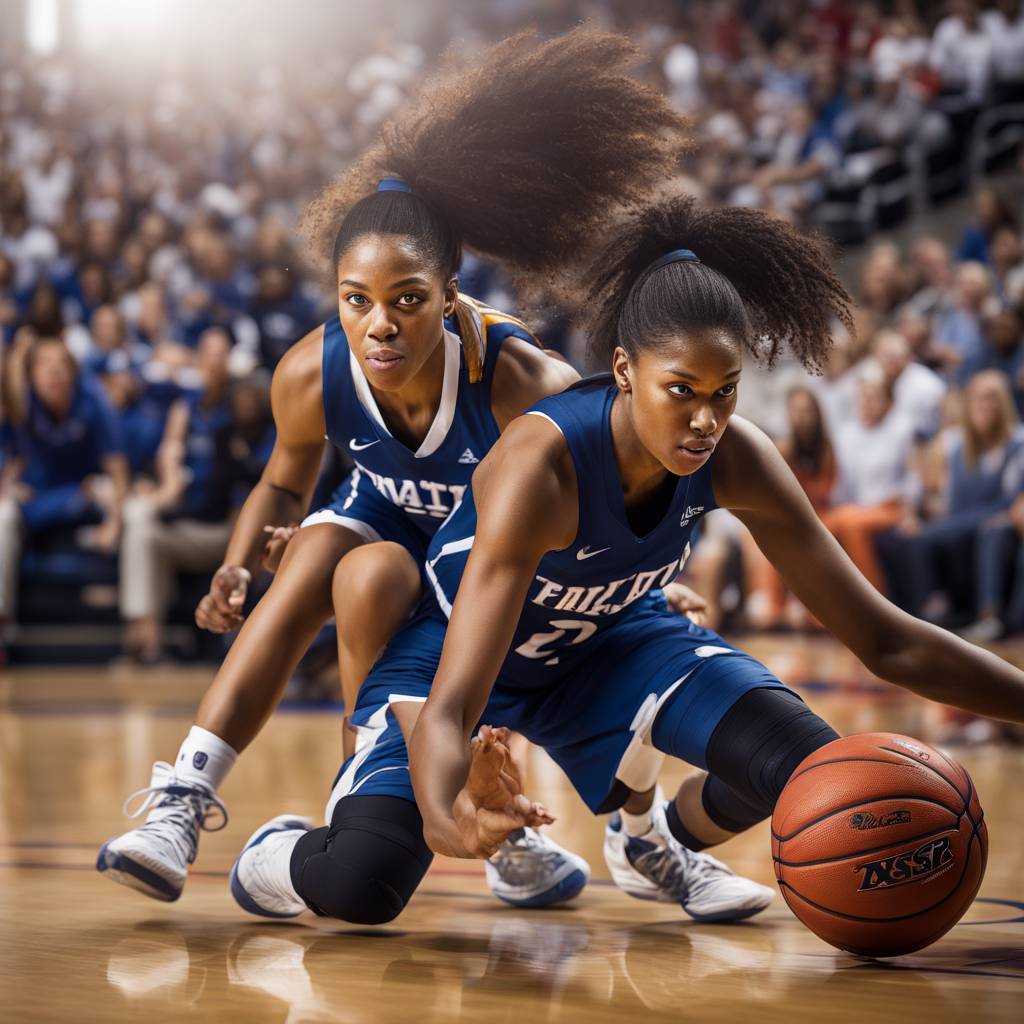The NCAA Women’s Final Four is set to begin with South Carolina as the favorite but UConn and Iowa also posing a challenge. The national television audience for women’s college basketball has been growing, with a recent game breaking records for viewership. Financially, the sport has seen an increase in value due in part to NIL deals and high-profile media coverage, indicating a promising future.
Women’s sports are becoming a significant economic force, with WNBA franchises seeing a rise in value and investment. The growth of women’s sports such as soccer is evident, attracting big names like Patrick Mahomes to join ownership groups and build state-of-the-art facilities. Despite this potential, the NCAA has been slow to capitalize on the economic opportunities presented by women’s basketball and other female sports, but there are signs that this is changing.
While the NCAA has spent more money on the women’s tournament recently, there have been issues such as disparities with the men’s tournament that highlight a lack of attention to the women’s game. The Association is now starting to recognize the financial potential of women’s basketball and recently signed a media contract with ESPN. The true value of women’s basketball remains to be seen, as the sport is often overshadowed in revenue discussions compared to men’s basketball.
In the world of college sports, the success of men’s basketball is often a top priority for campus budgets and conference realignment decisions. The economic implications of success in the NCAA tournament for men’s teams drive much of the decisions made by schools and conferences. There are calls for equal incentives for women’s teams to be introduced, as the current system does not reflect the growing popularity and value of women’s sports.
The Knight Commission has raised concerns about the disparity in financial incentives between men’s and women’s sports, calling for equal rewards for success. Without economic parity in postseason revenue, schools may continue to prioritize men’s basketball and other male sports over women’s sports. The future of women’s basketball and other female sports may depend on fair distribution of resources and incentives to ensure continued growth and success in the NCAA and beyond.













